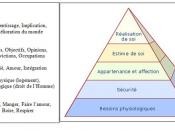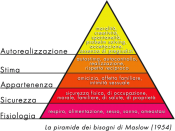Over the past seven weeks I have learned a number of things about Organizational Behavior. The topic I found most interesting and valuable was motivating individuals and groups in organizations. Throughout the information in this paper it is important to remember that a manager must first motivate himself or herself in order to effectively motivate others and it is critical that managers know what they want from their employees. Enthusiasm is contagious. If you're enthusiastic about your job, it's much easier for others to be, too. A great place to start learning about motivation is to start understanding your own motivations. The key to helping to motivate employees is to understand what motivates them.
One of the most important current trends in organizations is increasing employee involvement and input. Organizations must find ways to utilize all the strengths of the people they employ or people will leave to find work in organizations that do (Heathfield, What You Need to Know About).
An attention-getting Gallup Poll about disengaged employees was highlighted in a recent Wall Street Journal. Gallup found 19 percent of 1,000 people interviewed "actively disengaged" at work. These workers complain that they don't have the tools they need to do their jobs. They don't know what is expected of them. Their bosses don't listen to them. Based on these interviews and survey data from its consulting practice, Gallup says actively disengaged workers cost employers $292 billion to $355 billion a year. Furthermore, Gallup concluded that disengaged workers miss more days of work and are less loyal to employers (Heathfield, What You Need to Know About).
Individuals and groups must set goals. Managers should ensure that employees have strong input to identifying their goals and that these goals are aligned with goals of the organization. A good model to use...


